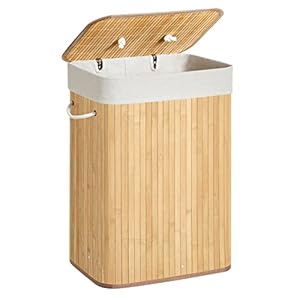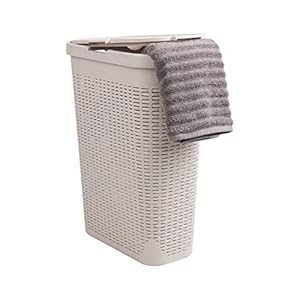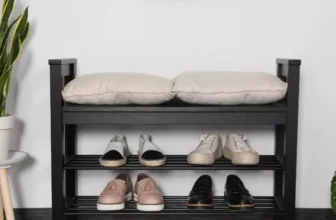
To enhance the organization of a shared space, it’s crucial to consider not only physical storage solutions but also communication and collaboration among roommates. By fostering a culture of mutual respect and responsibility, shared spaces can be transformed into harmonious environments where everyone feels valued. Initiating open discussions about preferences, habits, and shared goals can pave the way for more effective organization strategies. Stay tuned to learn more about how these interpersonal dynamics can play a pivotal role in maintaining an orderly and pleasant shared living space.
Setting Clear Boundaries
To keep a shared space organized, clearly define boundaries for each individual’s belongings. By assigning specific areas or storage solutions for each person’s things, you can prevent clutter and ensure that items are easy to find when needed. Start by discussing with your housemates or family members the importance of respecting each other’s space and property. Encourage open communication to address any concerns or preferences regarding organization.
Consider labeling shelves, drawers, or bins with each person’s name or initials to avoid confusion and promote accountability. This simple step can help everyone easily identify where their belongings should go and maintain order within the shared space. Additionally, establish guidelines for shared items to avoid misunderstandings about ownership and responsibility.
Remember that setting clear boundaries is essential for fostering a harmonious living environment. Encourage everyone to take ownership of their designated spaces and uphold the agreed-upon organization system. By defining individual territories within the shared space, you can promote a sense of respect, cooperation, and tidiness among all occupants.
Implementing Storage Solutions
When considering how to make a shared space more organized, incorporating practical storage solutions can significantly enhance the overall functionality and aesthetics of the area. Utilizing storage bins, baskets, and shelves can help keep items neatly stored and easily accessible. For example, using labeled bins can help each person identify their belongings quickly, reducing clutter and confusion. Installing wall shelves or floating shelves can also create additional storage space for books, decorations, or personal items without taking up floor space.
Consider furniture pieces that offer hidden storage compartments, such as ottomans with storage space inside or coffee tables with drawers. These multifunctional pieces can help maximize space while keeping items out of sight. Additionally, utilizing vertical space with tall bookshelves or cabinets can help make the most of limited square footage. Remember to regularly declutter and donate items that are no longer needed to maintain an organized shared space.
Establishing Cleaning Routines
Establish a consistent cleaning routine to maintain the organization and cleanliness of your shared space. Setting aside specific times each day or week for cleaning tasks can help prevent clutter and keep the space looking neat. Start by creating a checklist of cleaning duties that need to be done regularly, such as vacuuming, dusting, and taking out the trash. Assigning tasks to different roommates can help distribute the workload evenly.
Make it a habit to clean up after yourself immediately. Whether it’s washing dishes after meals, putting away items after use, or wiping down surfaces, taking care of small messes as they happen can prevent them from accumulating and becoming overwhelming. Encourage everyone in the shared space to take responsibility for their own messes and contribute to keeping the common areas clean.
Regularly decluttering and organizing can also help maintain a tidy environment. Set aside time each month to go through belongings and donate or discard items that are no longer needed. By establishing and sticking to a cleaning routine, you can create a more organized and enjoyable shared living space for everyone.
Maximizing Vertical Space
To make the most of your shared space, consider utilizing vertical storage solutions that can help maximize the available room without adding clutter to the common areas. Vertical space is often underutilized but can offer valuable storage opportunities. Install shelves above desks or countertops to keep items off the work surface and create a more organized environment. Hooks and pegboards are great for hanging tools, bags, or accessories, freeing up floor space and keeping things easily accessible.
Opt for tall bookcases or storage units that reach the ceiling to make the most of the vertical space in your shared area. These units provide ample storage without taking up valuable floor space. Additionally, stackable storage bins or crates can be a versatile solution to keep items organized and maximize vertical storage. Utilizing the height of the room helps distribute items more efficiently, making the shared space feel more spacious and orderly.
Trending Products














